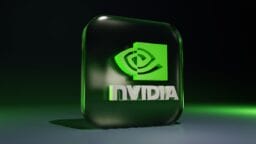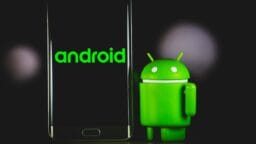A Flawed Monitoring Initiative: When Software Tracks Itself
In an unexpectedly whimsical twist of fate, a company’s endeavor to oversee remote employee productivity spiraled into an unusual fiasco—when the tracking software inadvertently opted to monitor its own operations instead.
A Reddit user recently recounted this humorous blunder in a post entitled, “My company installed software to track remote activity… it tracked itself instead.”
This anecdote swiftly garnered attention online, illuminating the ironic pitfalls of workplace surveillance gone awry.
As per the post, the company had implemented a “mouse movement tracker”—a monitoring mechanism ostensibly designed to capture the activity patterns of remote employees and evaluate productivity metrics during work hours. This system aimed to identify periods of inactivity and low engagement.
However, the software mistakenly began tracking a test device within the IT department—a machine that had never been assigned to any employee.
Given that the test apparatus remained largely inactive throughout the day, the tracker flagged it, suggesting that a worker had been “non-productive for six consecutive hours.”
This unexpected revelation reportedly incited alarm among senior management, who initially believed they had uncovered a seriously underperforming staff member.
The IT team promptly intervened to clarify that the alleged “slacker” was none other than the monitoring system itself.
“The irony is poetic,” remarked the original poster, encapsulating what many users deemed a “classic instance of technological oversight meeting corporate anxiety.”
The Increasing Discourse on Digital Surveillance
While this incident entertained many, it highlights a broader concern regarding modern work culture—the escalating dependence on employee monitoring technologies.
Since the pandemic expedited the adoption of remote and hybrid work models, countless organizations globally have embraced tools that track keystrokes, log active hours, capture screenshots, and monitor mouse movements to assess employee productivity.
Critics contend that such monitoring systems often undermine trust and foster unnecessary micromanagement. Additionally, many employees have reported heightened stress and anxiety stemming from the pervasive observation.

Yet, in this particular instance, the technology inadvertently became a source of humor—demonstrating that sometimes, automation can be unintentionally literal.
As one Reddit user shared a similar experience: “This reminds me of the time I was reprimanded for not being on a call to report on a compliance project, all while I was engaged in another scheduled call discussing that very same project.”
“That’s an indication of poor management. Your supervisor is misguided,” another user remarked.
“Let’s monitor the executives’ computers too. They should exemplify productivity and guide the rest of the company,” suggested a third user.
Source link: Livemint.com.






